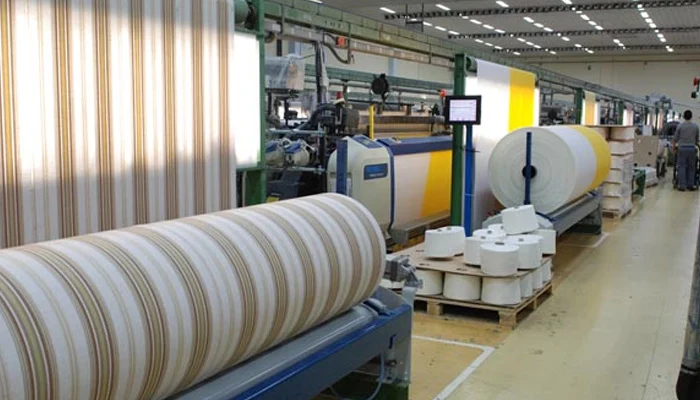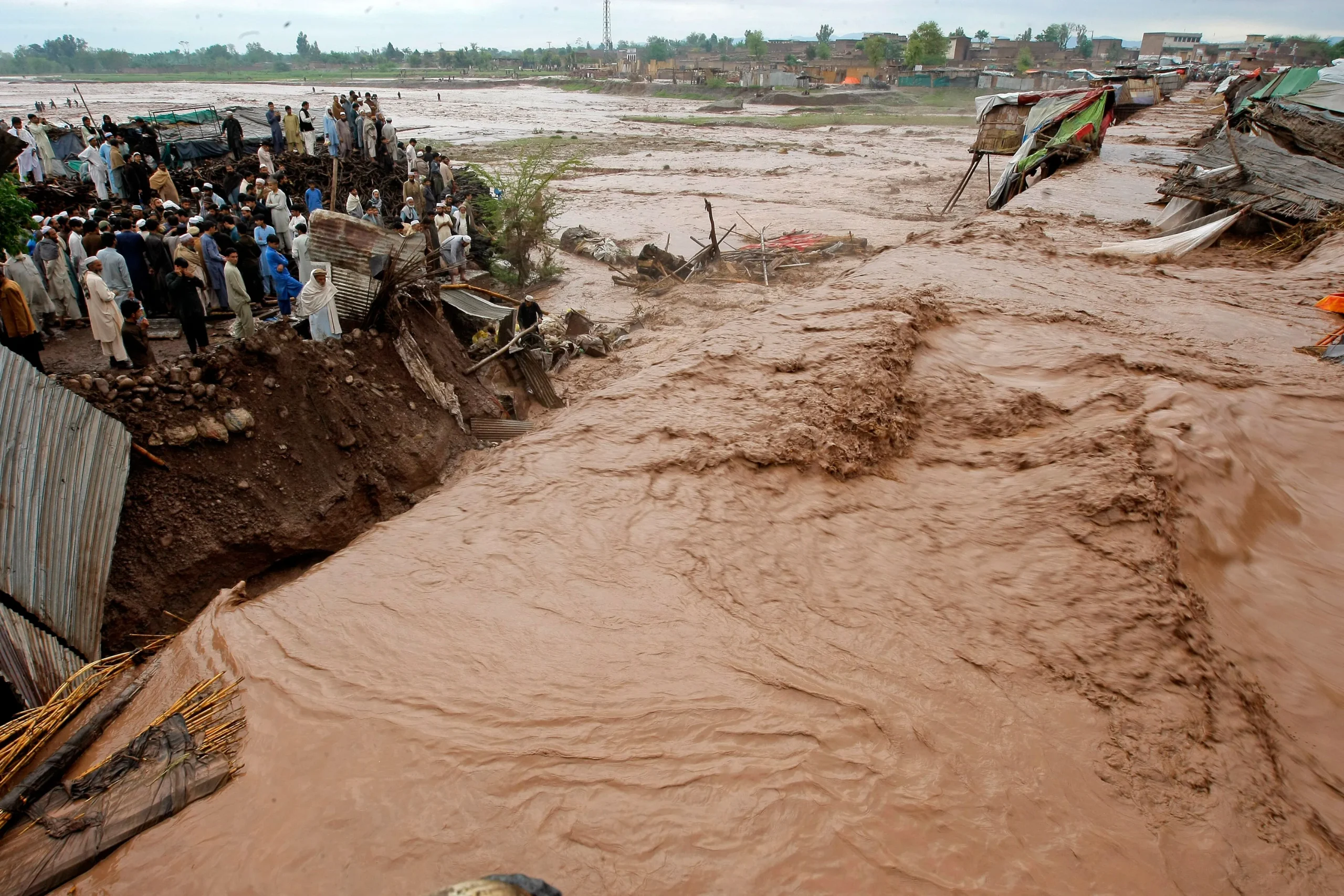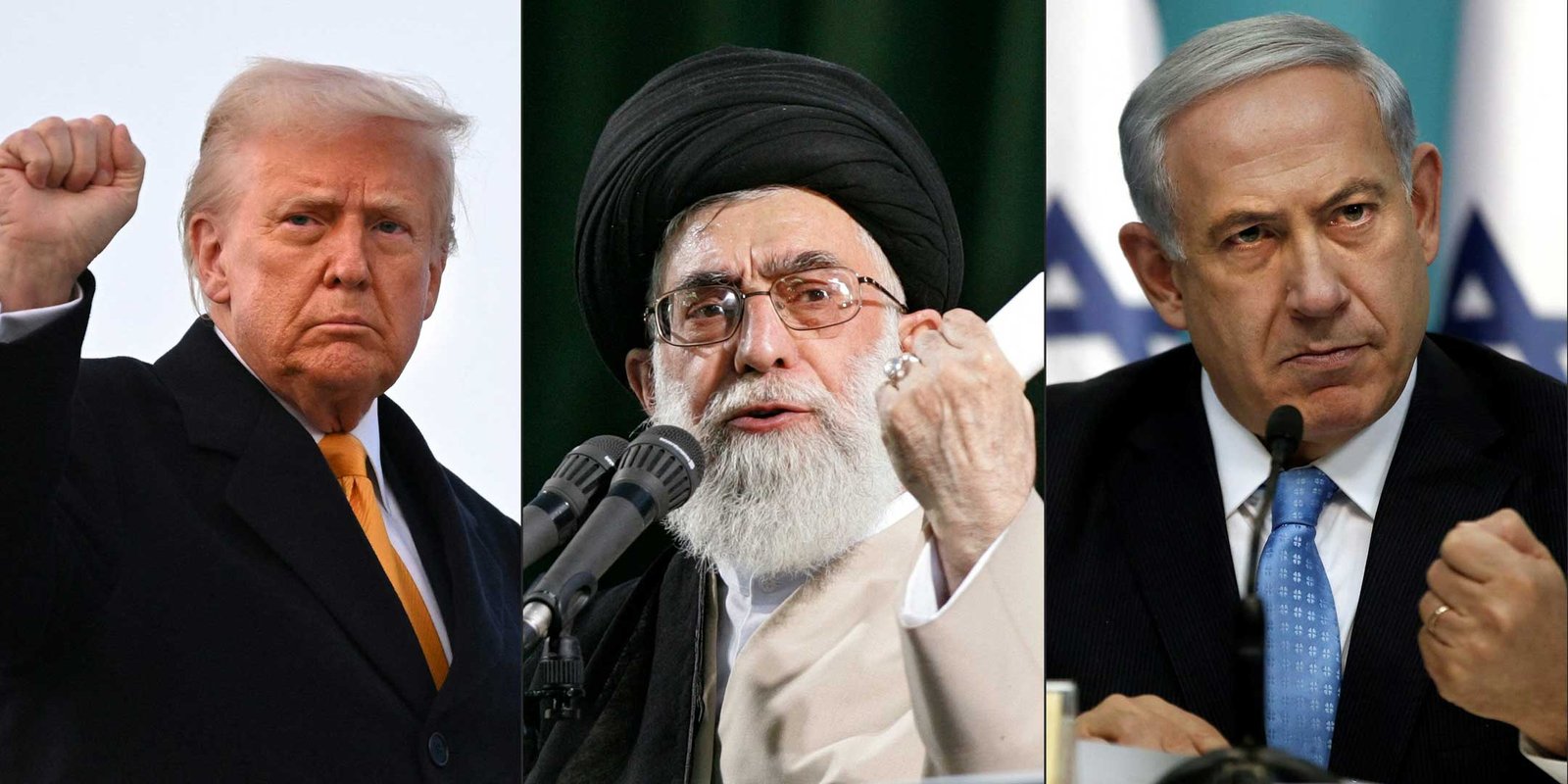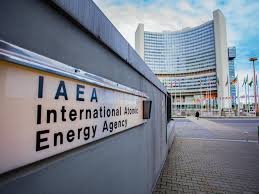Editorial
Our economic planners are disconnected from reality. Despite optimistic budgetary projections anticipating a surge in textile exports from 30 billion dollars to 60 billion, the actual outlook indicates a decline in textile exports. Various adverse economic factors accumulated over the years, coupled with developments in competitor countries, are poised to impede our textile exports.
The viability of an industry in the global market hinges on cost competitiveness, a principle exemplified by the erosion of Western dominance in consumer durables by Japanese, Korean, and now Chinese products. Similarly, our competitive strength in textile products has waned, and it is foreseeable that we will face repercussions.
Pakistan’s high production costs in comparison to other South Asian and Far Eastern countries, coupled with a lack of specialized skills, make it challenging to expand our market share. Moreover, our failure to develop mid- or long-staple cotton varieties puts us at a disadvantage compared to India, whose cotton boasts lower trash content and better staple fiber uniformity.
Furthermore, our electricity tariffs surpass those of other developing nations, posing a threat to the overall viability of our industry. The cost of electricity, the second most significant expense after cotton in the yarn spinning process, is nearly double that of India, further exacerbated by frequent shutdowns and voltage surges.
Pl subscribe to the YouTube channel of republicpolicy.com
Financial costs, including bank interest, are soaring, with rates exceeding 20%, significantly higher than those in India and Bangladesh. This disproportionately affects the manufacturing industry, leading to widespread distress.
Additionally, the wage levels in India and Bangladesh are aligning with those in Pakistan, while the superior skill levels and lower wage costs in India, especially for engineers, supervisors, and mechanics, contribute to their competitive edge.
Moreover, the reliability established by Indian and Bangladeshi exporting firms, along with their ownership of subsidiaries and brands abroad, contrasts starkly with Pakistan’s limited presence in the global market. The absence of recognizable Pakistani brands and labels compounds the challenge of expanding exports.
The unfavourable environment for foreign visitors and investors in Pakistan manifested in safety concerns and a lack of hospitality compared to India, Bangladesh, and Vietnam, further hinders our export potential. The government’s optimism about doubling exports within a few years seems disconnected from the grim reality painted by these economic factors.

















